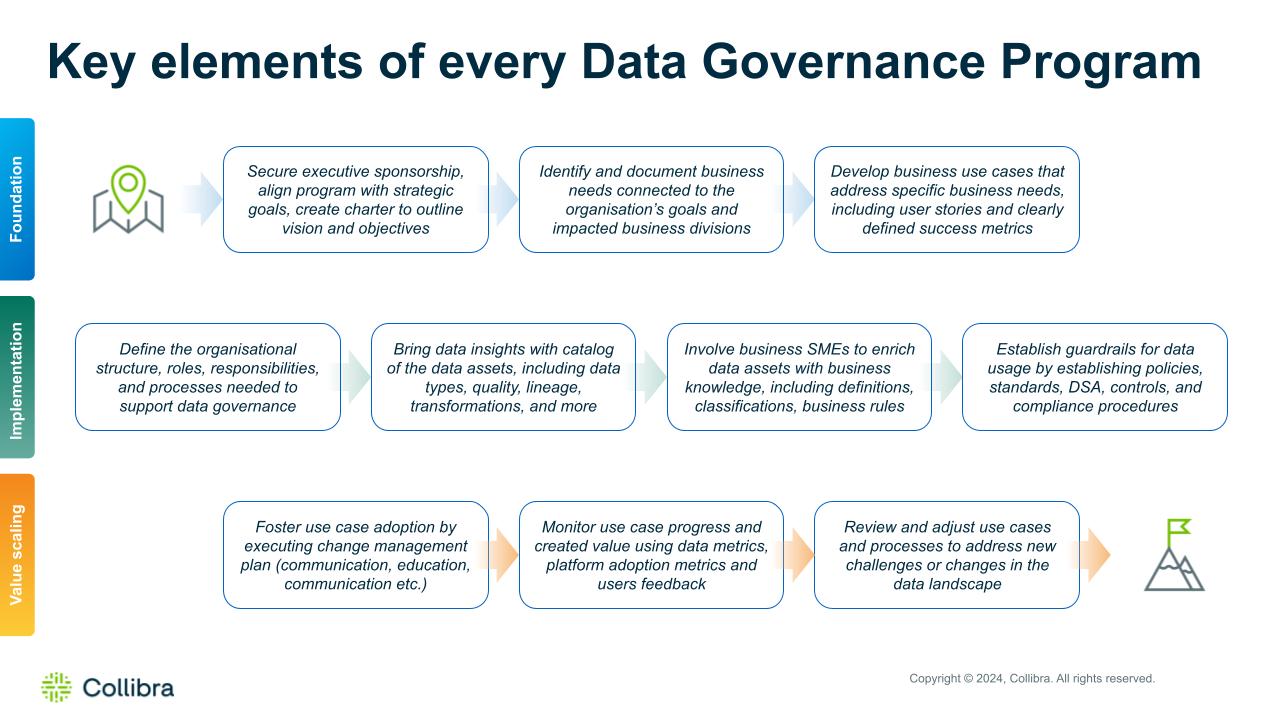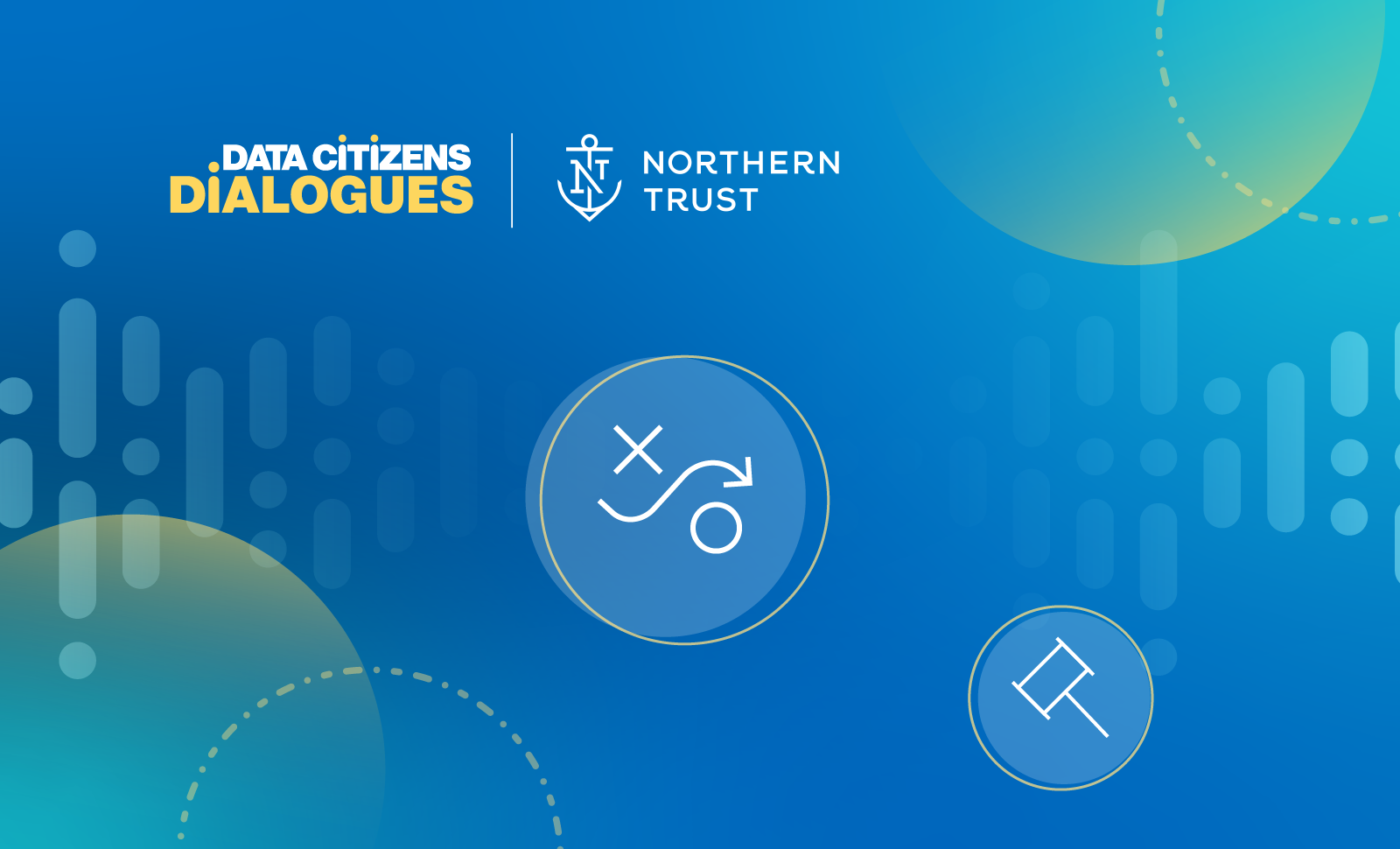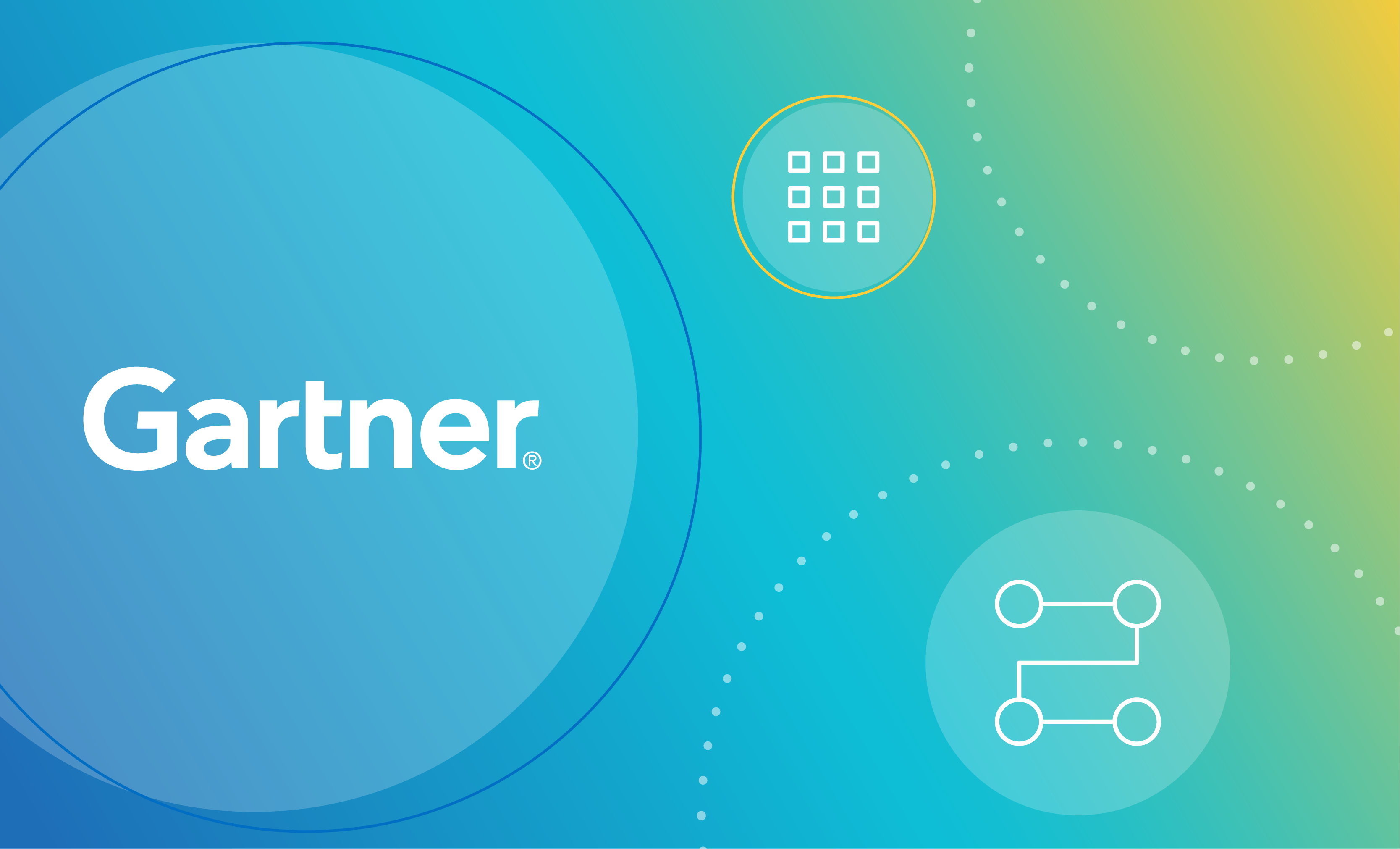The Barratt and David Wilson Homes case is a striking example of what can go wrong if your foundation is not as strong as it should be. The developers had to demolish 36 newly built homes in Cambridge, costing over £20 million, due to foundational issues. These homes, intended to be valuable assets, turned into a costly failure. In the world of data governance, a similar principle applies: if your foundation is weak, the cost of rework required can be huge.
In today’s fast-moving and data-driven business world, organizations want to get value as soon as possible. As a result, they typically rush to implement use cases by jumping straight into implementing a Data Governance program, skipping the crucial foundation phase. Down the road this leads to significant issues such as low user adoption, missed business value because solutions don’t align with business goals, and wasted time and resources.
Do I need to spend time on the foundation?
Imagine building a skyscraper on a shaky foundation. You may initially save time and money by skipping essential steps, but eventually, the cracks will start to show. Just like Barratt and David Wilson Homes discovered, when foundational issues arise, the entire structure is at risk, requiring costly rework and potentially crippling delays.
Similarly, in data governance, skipping the foundational phase means that later down the line, you’ll face the same fate. Without a proper foundation, teams may not know where to find trusted data, how to use it effectively or why governance matters in the first place.
There are many elements of the data governance foundation that are important. However, I would like to focus on the most critical and often, based on my experience, are the most missed:
- Data governance charter: Clear vision, objectives and guiding principles to provide clarity on the scope and expected outcomes of the governance initiative
- Alignment with business goals: Transparency on how the DG program directly supports business objectives will help avoid wasting resources on solutions that don’t deliver measurable value
- Executive support: Strong executive sponsorship provides the necessary authority, resources and visibility for the DG program to succeed
- User focus: A program with a focus on solving real business problems will help to drive higher adoption rates. Without this, users may ignore the DG platform, rendering the initiative ineffective
- Success metrics: Data improvement, data usage and platform adoption metrics will provide tangible evidence of the program’s impact and inform future improvements
What will happen if I don’t spend time on the foundation?
In the Barratt and David Wilson Homes case, the cost of demolition and rebuilding was over £20 million. In the case of your organization, the financial hit may not be as dramatic, but it will still cost you in terms of time, resources and reputation. You may end up having to start over, wasting valuable time that could have been spent making data work for your business.
The cost of not doing this:
- Lost opportunities: A poorly designed data governance program will slow down time-to-market for the new initiatives, and competitors could overtake you
- Increased costs: Restarting the program means extra expenses, not only for creating a new solution but also for dismantling existing ones, just like rebuilding faulty homes
- Compliance risks: Without proper data governance, your organization may face legal and compliance challenges, leading to regulatory fines
Lessons learned
The lesson from the construction world is clear: rushing into action without laying a proper foundation is a recipe for failure. Whether you’re building a house or a data governance program, taking the time to get it right from the start will pay off in the long run.
A final note
If you’ve already jumped straight into data governance implementation, it’s not too late. Take a step back, assess your foundation, and make sure your data governance program is laser-focused on your business goals and designed for long-term success. After all, a strong foundation is the key to building something that will stand the test of time.





